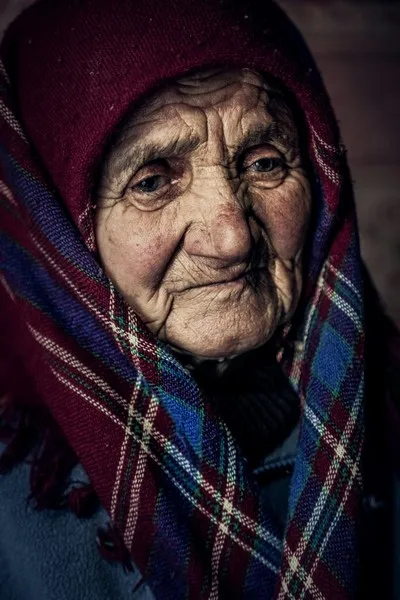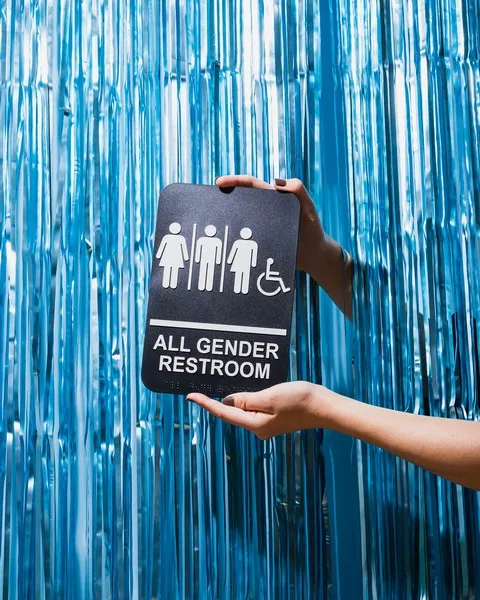In the field of sociology, the concept of ‘sexualisation’ refers to the process by which individuals, particularly women and girls, are objectified and reduced to their sexual attributes or functions. It is a phenomenon that has gained significant attention in recent years due to its implications for gender equality and the overall well-being of individuals in society.
Origins and Influences
Sexualisation is deeply rooted in the social construction of gender and the prevailing cultural norms and values. It is influenced by various factors, including media representations, advertising, popular culture, and societal expectations. These influences contribute to the objectification and hypersexualization of individuals, often leading to harmful consequences.
Objectification and Commodification
One of the key aspects of sexualisation is the objectification of individuals, particularly women and girls. Objectification occurs when a person is treated as an object or a tool for someone else’s pleasure, rather than as a whole and autonomous individual. This process reduces individuals to their physical appearance and sexual attributes, disregarding their thoughts, feelings, and agency.
Furthermore, sexualisation often goes hand in hand with the commodification of individuals’ bodies. In a consumer-driven society, the human body is frequently used as a commodity to sell products or services. This commodification reinforces the idea that individuals’ worth is directly linked to their sexual appeal, perpetuating harmful beauty standards and reinforcing gender inequalities.
Effects on Individuals and Society
The sexualisation of individuals can have profound effects on both personal and societal levels. From a personal perspective, it can lead to body dissatisfaction, low self-esteem, and negative body image, particularly among women and girls who feel pressured to conform to unrealistic beauty ideals. It can also contribute to the development of eating disorders, depression, and anxiety.
On a societal level, sexualisation perpetuates harmful gender stereotypes and reinforces the objectification of women. It reinforces the notion that women exist primarily for the pleasure and consumption of others, rather than as equal and autonomous beings. This can have far-reaching consequences for gender equality and the overall well-being of individuals in society.
Addressing Sexualisation
Addressing sexualisation requires a multi-faceted approach involving individuals, communities, and institutions. Education plays a crucial role in challenging and deconstructing harmful gender norms and promoting healthy body image. Media literacy programs can help individuals critically analyze and question the messages conveyed by media and advertising.
It is also essential for media and advertising industries to take responsibility for the representations they produce. By promoting diverse and realistic portrayals of individuals, these industries can contribute to a more inclusive and empowering media landscape. Additionally, policies and regulations that aim to limit the sexualization of individuals, particularly minors, can help create a safer and more equitable society.
Conclusion
Sexualisation, as a sociological concept, highlights the objectification and commodification of individuals, particularly women and girls, within society. It is a complex issue that has significant implications for gender equality and the well-being of individuals. By understanding and addressing sexualisation, we can work towards creating a more inclusive and equitable society where individuals are valued for their full humanity rather than reduced to their sexual attributes.






